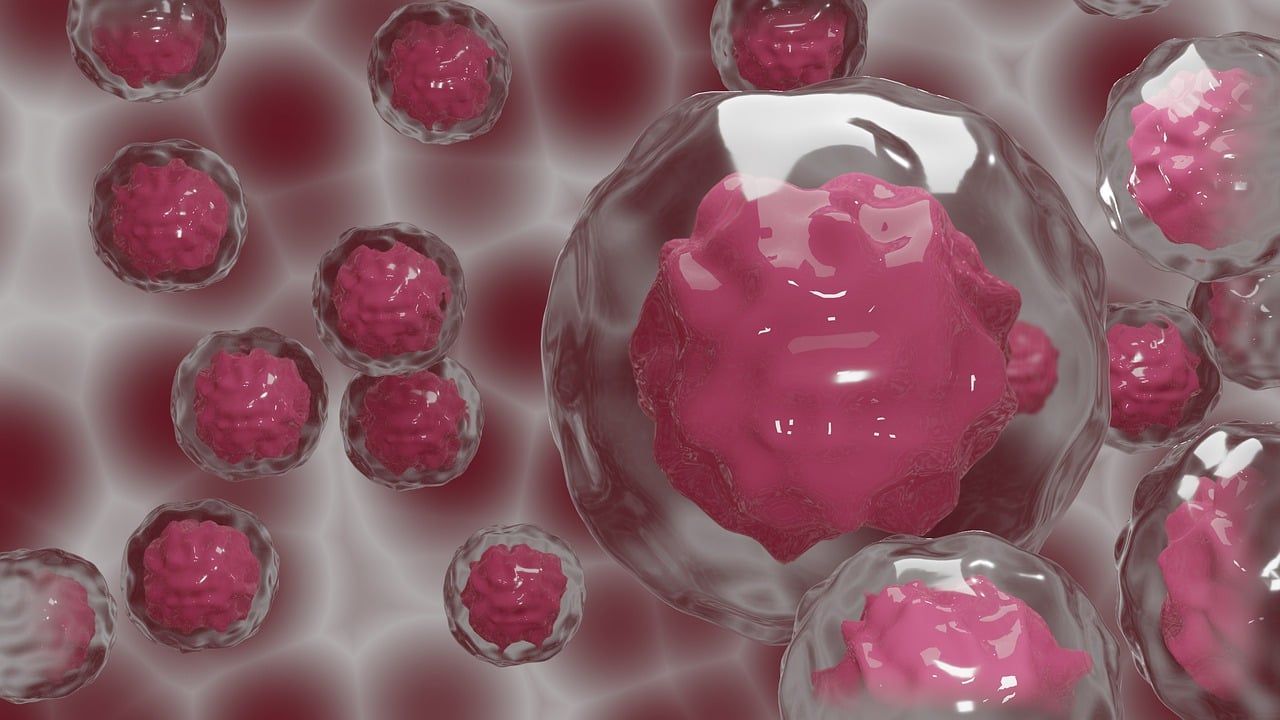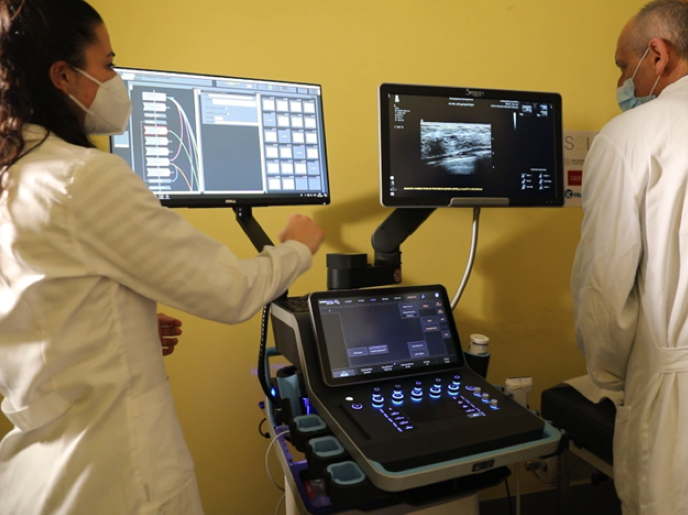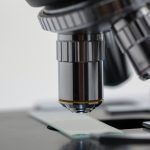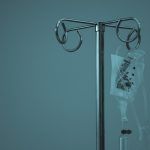At the end of the SOLUS project in October 2021, his team developed a complete operating system for multimodality imaging and a compact device that could serve as the basis for a portable device that can monitor and diagnose critical tissues. Two years later, ongoing efforts at SOLUS may reduce the number of unnecessary breast biopsies.
Breast cancer diagnostics is an evolving field where new innovations are emerging to improve clinical outcomes for patients. The EU-funded SOLUS project is one such innovative initiative that aims to revolutionise breast cancer diagnosis by providing a non-invasive, biopsy-free solution.
The project team has achieved a major milestone in the development of a fully operational multimodality imaging system, which is currently in the clinical validation phase.
With the development of this fully operational system for multimodality imaging, SOLUS made substantial progress towards achieving its goal. Its innovative approach has the potential to eliminate the need for traumatic biopsies by providing a less traumatic and more patient-friendly diagnostic solution.
The SOLUS team has also developed a very compact device that could be the starting point for portable devices capable of monitoring important diagnostic and tissue parameters, such as blood and tissue composition.

EU-funded project aims to develop a vaccine against metastatic cells |
Initial results from a trial with 24 women based on tissue composition information revealed that the system has a sensitivity of 91 % and a specificity of 75 %. It is hoped that obtaining information also from B-mode ultrasound on morphology and shear wave elastography on stiffness will improve diagnostic efficiency. However, as clinical validation is still ongoing, the impact of the project’s results on breast cancer diagnosis has not yet been fully determined.
So we cannot yet say that it has had any impact on breast cancer diagnosis,” says Paola Taroni, coordinator of the SOLUS project. If we are successful, the proposed method will reduce the huge number of breast biopsies that are currently performed after a false positive mammogram. This will be beneficial for patients, who will be spared unnecessary traumatic examinations, and also for healthcare systems, which will save money.
What is certain is that the help of European Union (EU) funding played an important role in the project’s progress.
The EU dimension allowed the project team to bring together excellence from different fields, such as applied physics and photonics, electronics, tomographic reconstruction and breast cancer imaging,” said Taroni. This approach has allowed the project to combine actors from universities, research centres and SMEs with different approaches to research, resulting in an effective balance that has facilitated the project’s success.







Leave a Reply